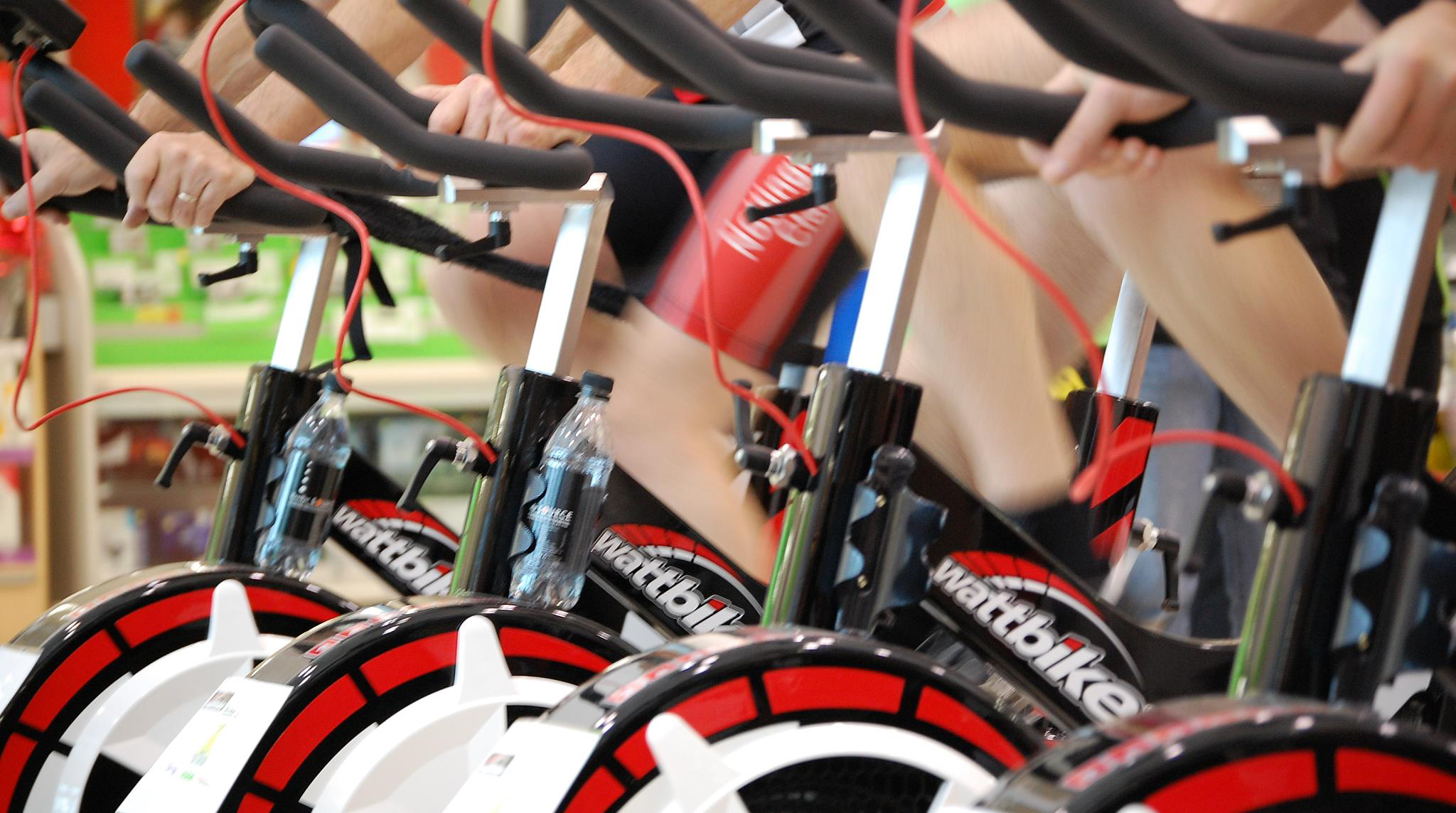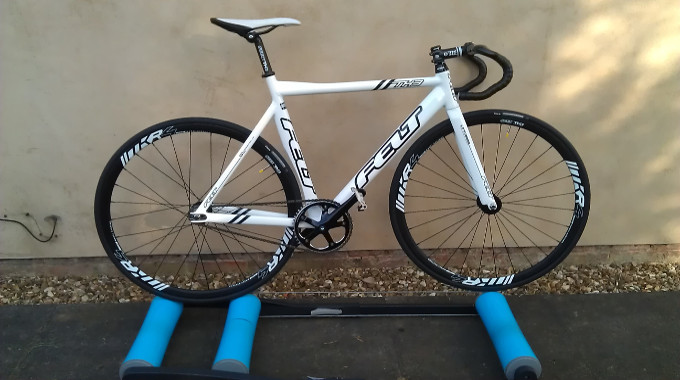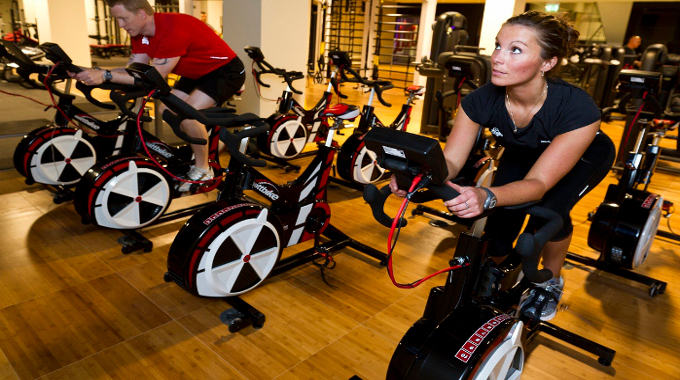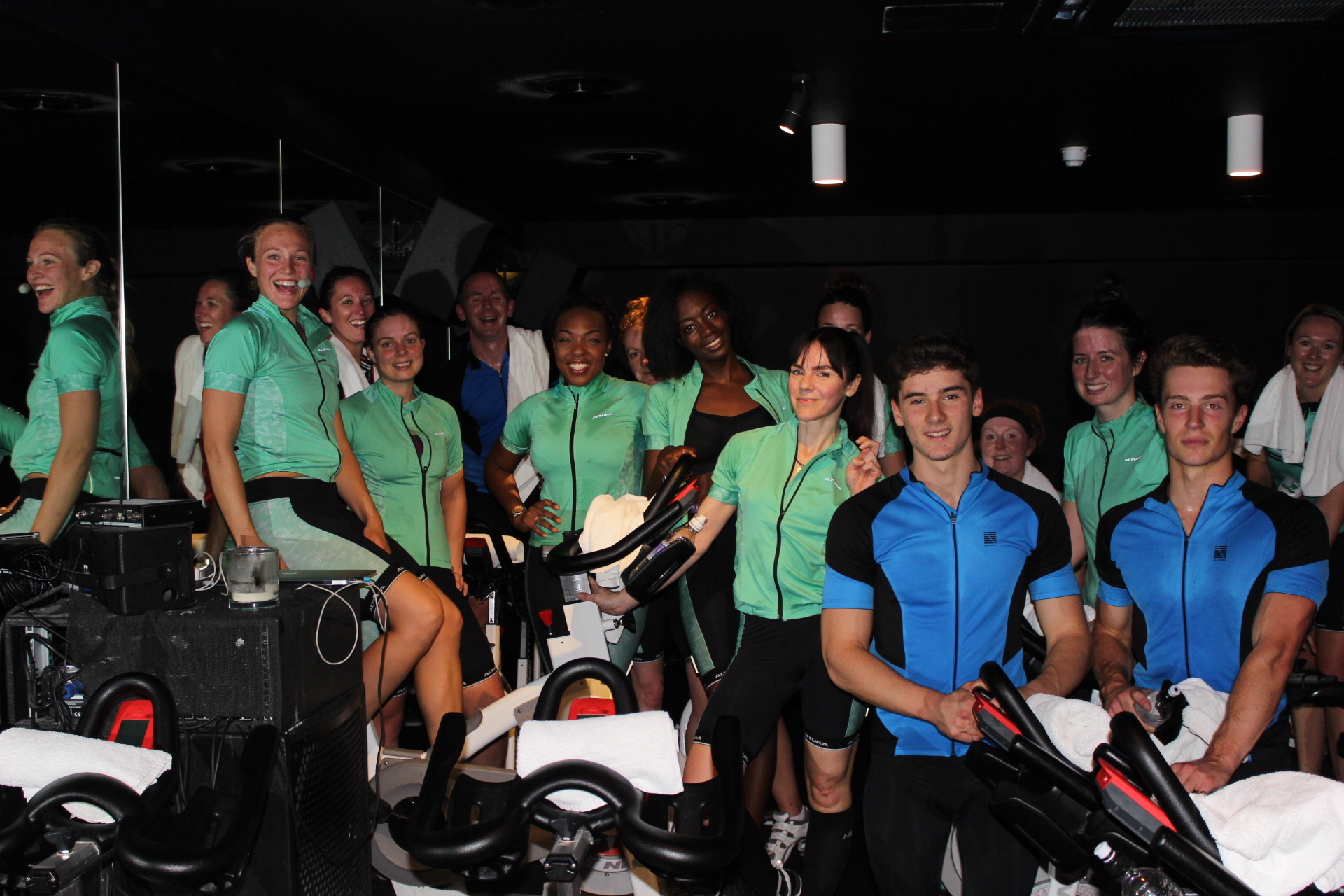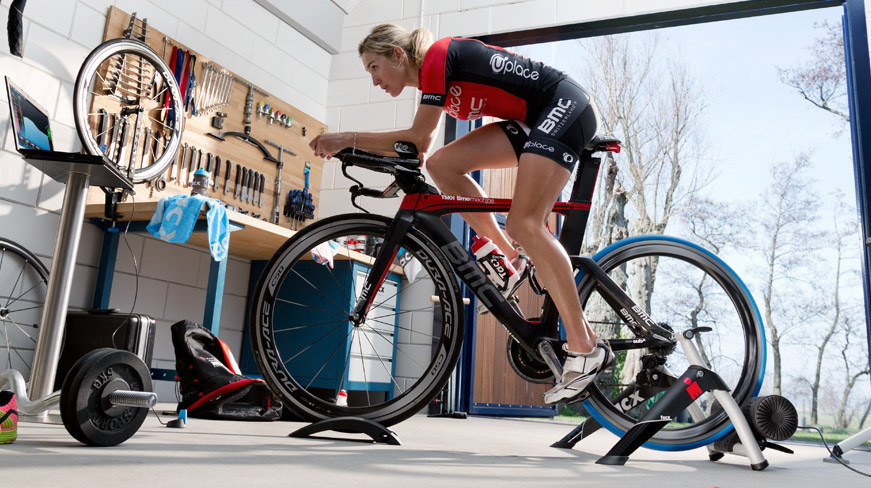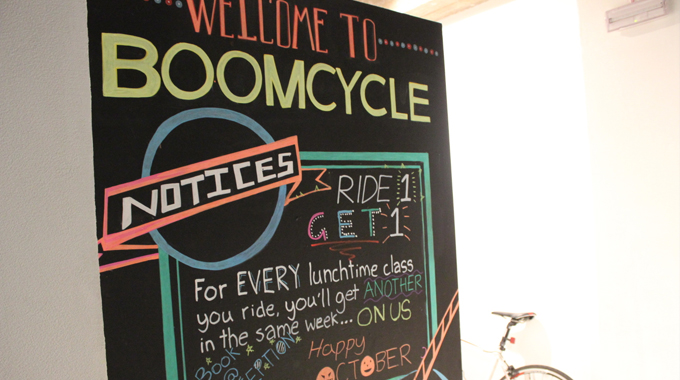As the daylight hours begin to dwindle and the rainy spells become more frequent, indoor training seems more and more tempting.
Sure – you could decide to solider on and ride through the cold and rain, and with the right kit these rides can feel pretty epic. However, if you want a short, hard mid-week workout, indoor training is often an ideal option.
Training indoors removes the inconvenience of traffic – so you can really put your head down and ride high intensity intervals which you simply couldn’t complete to your maximum effort on the road. These sorts of efforts – where you’re really pushing yourself to your limits – are perfect if you’re aiming to improve your power and speed on the bike.
3 Great Turbo Sessions you can do in Under Thirty Minutes
6 Pro Worthy Turbo Sessions for Winter Fitness
Since most indoor training methods don’t allow coasting or freewheeling, you can generally squeeze a better workout in over a shorter period of time indoors.
There are several different options when it comes to indoor training. Here’s a look at some of the most popular…
Turbo Trainers for Indoor Training
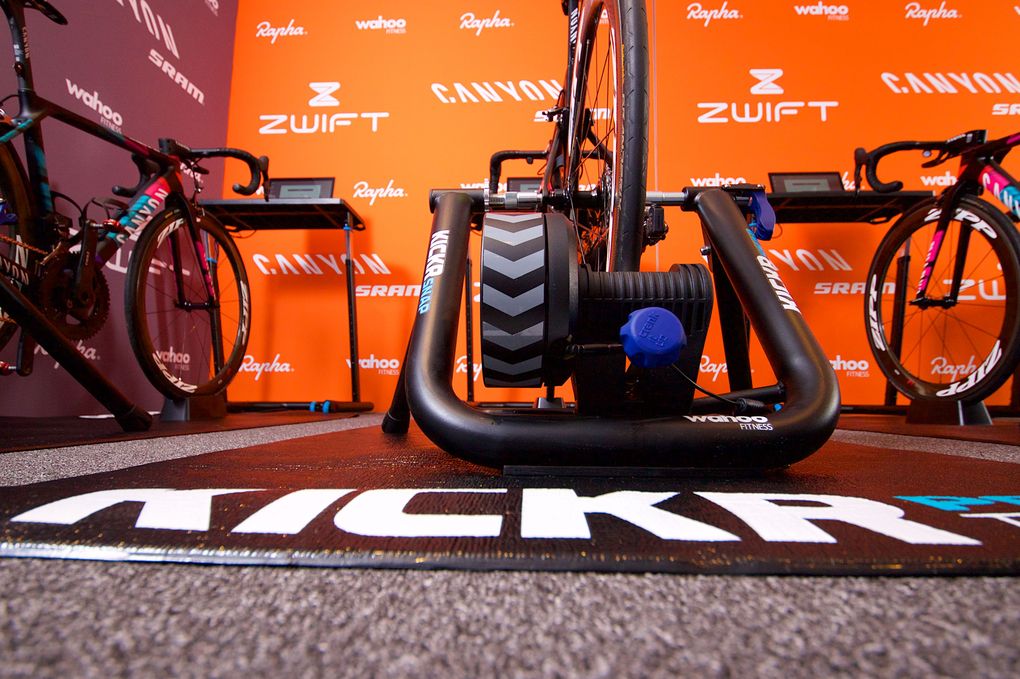
Turbo trainers are probably the easiest and most convenient option. Put simply, a turbo trainer clamps on to your rear wheel, proving resistance and allowing you to pedal it out indoors.
Simplicity isn’t for everyone – and more expensive units can hook up to computers to mimic outdoor terrain, and more. These ‘smart trainers’ can run in excess of £1,000 though, whilst you can get a perfectly good ‘non-smart trainer’ for around £100.
Generally, the more you pay for your turbo trainer, the quieter and more lifelike pedalling on it will feel. However, turbo training is never going to feel ‘just like riding on the road’. It generally feels harder because you never coast.
Most trainers fold up easily when not in use, so you can store them under the stairs, under your bed – or somewhere else convenient.
Pros of using a turbo trainer for indoor training:
- There are loads of different styles to pick from – they can do as much or as little as you like
- You ride on your own bike – so it’s all set up for you and there’s no need to faff around adjusting the saddle height and reach
- You can store one easily at home, and pack it away when you’re done
- You’re all bolted in, and you can usually adjust the resistance to go pretty high. Turbo trainers are great for tough intervals because you can go really, really hard
Cons of using a turbo trainer for indoor training:
- Constant resistance can wear out your rear tyre. You can have a wheel set up with a ‘turbo tyre’ if you like, but that means swapping the wheel for each ride. Some smart trainers come with a cassette that you load your bike onto (taking out the rear wheel) – but these are pretty expensive.
- They can be a bit noisy. Put it this way: in another room, with the door shut and you’re fine, but you can’t turbo train whilst your partner watches TV and expect them not to get annoyed
- More a tip than a con – the rear wheel will be raised up by the turbo trainer, so you need a riser block (or copy of the yellow pages) to sit under the front wheel

